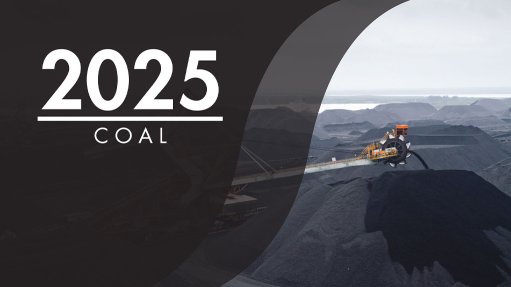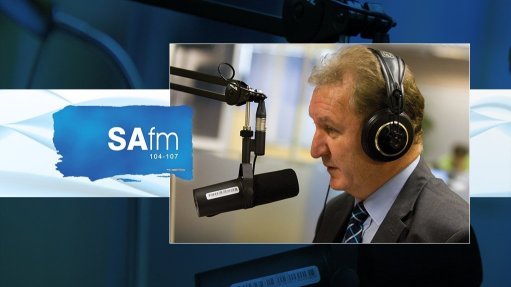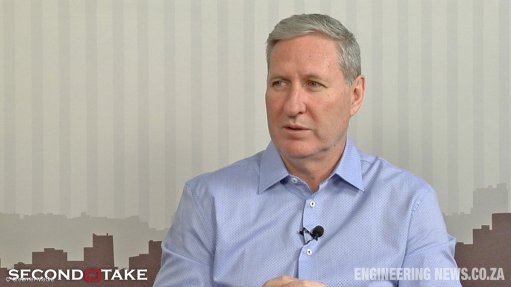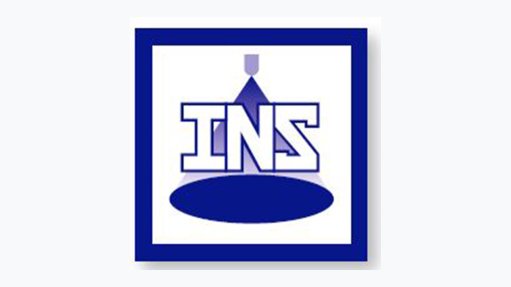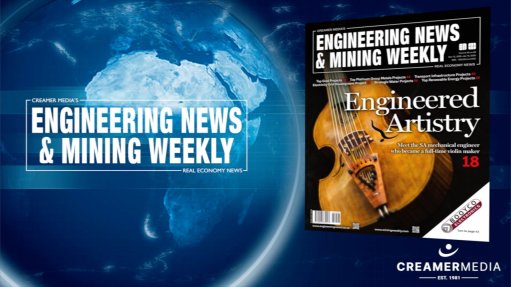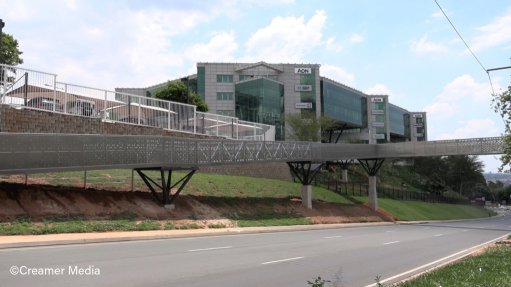The lender’s servant
Full disclosure: the article you are about to read is the fourth in a series, technically known as a tetralogy, where ‘tetra’ means four. When rummaging through this column’s archives, its link to the previous instalments might not be apparent, as this piece’s title is not ‘I owe, I owe’.
The earlier parts of the tetralogy are ‘I owe, I owe’, published on February 11, 2022, ‘I owe, I owe – the sequel’ (July 8, 2022) and ‘I owe, I owe: Jet’ (December 8, 2023). As is the case with all sequels, the story does not improve with each iteration.
All this brings us to Monday, June 23, when the National Treasury released a 285-word media statement titled ‘South Africa and the World Bank sign $1.5-billion development policy loan agreement to support infrastructure modernization and development.” A few obvious questions. Why the American spelling – ‘modernization’? Is it because the World Bank is headquartered in Washington, DC, in the US? Why is the loan denominated in US dollars, and not South African rands? Is this a case of beggars can’t be choosers – a proverb first recorded in 1546 by John Heywood in his collection of proverbs?
Let’s start with the maths: on the day, the dollar:rand exchange rate was R17.8282 for $1, which pegs the loan’s rand value at R26 742 300 000. Why not use this number?
The first sentence of the media release reads: “The government of South Africa and the World Bank have signed a $1.5-billion development policy loan agreement aimed at supporting critical structural reforms to enhance the efficiency, resilience and sustainability of the country’s infrastructure services.” They lost me at ‘supporting’. A simple search will define ‘critical infrastructure’ as facilities and assets that are vital for the functioning of society and the economy. The definitions of the rest of the key words in the sentence are as follows: ‘enhance’ means to further increase; ‘efficiency’ refers to how well resources are utilised; ‘resilience’ is the ability to bounce back from difficult experiences; and ‘sustainability’ is the use of resources in a way that ensures they will be available for future generations.
So, the loan is to appease the word soup? There are more gems to be found in the media release. Do have a read.
“The financing terms of the loan are in line with the National Treasury’s financing strategy, which is important to the government’s financial stability. Specifically, the loan offers both favourable interest rates and flexible repayment terms, contributing to minimising the increase in debt service costs.”
Regarding the ‘financing strategy,’ I could only find a 74-page ‘Strategic Plan 2025–2030’ dated April 8, which does not refer to it. Contrast this with the Article IV Mission of the International Monetary Fund (also headquartered in Washington, DC) which was published on December 8, 2021, and “called on government to introduce a credible public debt anchor, which is defined as a government’s goal not to surpass a predefined debt ceiling over time.” Seen this anywhere?
As for the World Bank’s financing terms, they are: nominal value – $1.5-billion; maturity – 16 years, with a three-year grace period; and interest rate – six-month secured overnight financing rate (SOFR) plus 1.49%. Do you know what it all means? ‘Nominal value’ refers to “the ‘face value’, ‘par value’ or original amount of the loan as stated in the loan agreement, before any adjustments for interest or other fees.
As regards maturity, “the borrower (South Africa) has 16 years to repay the loan, but the repayment of the principal is deferred for the first three years, during which the borrower typically pays interest only.
Additionally, “six-month SOFR plus 1.49%” means that the interest charged on the loan is tied to the SOFR for a six-month period, plus a variable spread. This means the interest rate on the loan will fluctuate, based on changes in the six-month SOFR rate. On June 23, the SOFR was 4.22 710%, thus totalling 5.71 710%. And a ‘favourable interest rate’? If my calculation is correct, the annual interest-only payment will be R1 528 884 033.
As I have mentioned in previous columns, citing Proverbs 22:7 in the King James Bible, “the rich ruleth over the poor, and the borrower is servant to the lender”.
Article Enquiry
Email Article
Save Article
Feedback
To advertise email advertising@creamermedia.co.za or click here
Comments
Press Office
Announcements
What's On
Subscribe to improve your user experience...
Option 1 (equivalent of R125 a month):
Receive a weekly copy of Creamer Media's Engineering News & Mining Weekly magazine
(print copy for those in South Africa and e-magazine for those outside of South Africa)
Receive daily email newsletters
Access to full search results
Access archive of magazine back copies
Access to Projects in Progress
Access to ONE Research Report of your choice in PDF format
Option 2 (equivalent of R375 a month):
All benefits from Option 1
PLUS
Access to Creamer Media's Research Channel Africa for ALL Research Reports, in PDF format, on various industrial and mining sectors
including Electricity; Water; Energy Transition; Hydrogen; Roads, Rail and Ports; Coal; Gold; Platinum; Battery Metals; etc.
Already a subscriber?
Forgotten your password?
Receive weekly copy of Creamer Media's Engineering News & Mining Weekly magazine (print copy for those in South Africa and e-magazine for those outside of South Africa)
➕
Recieve daily email newsletters
➕
Access to full search results
➕
Access archive of magazine back copies
➕
Access to Projects in Progress
➕
Access to ONE Research Report of your choice in PDF format
RESEARCH CHANNEL AFRICA
R4500 (equivalent of R375 a month)
SUBSCRIBEAll benefits from Option 1
➕
Access to Creamer Media's Research Channel Africa for ALL Research Reports on various industrial and mining sectors, in PDF format, including on:
Electricity
➕
Water
➕
Energy Transition
➕
Hydrogen
➕
Roads, Rail and Ports
➕
Coal
➕
Gold
➕
Platinum
➕
Battery Metals
➕
etc.
Receive all benefits from Option 1 or Option 2 delivered to numerous people at your company
➕
Multiple User names and Passwords for simultaneous log-ins
➕
Intranet integration access to all in your organisation




